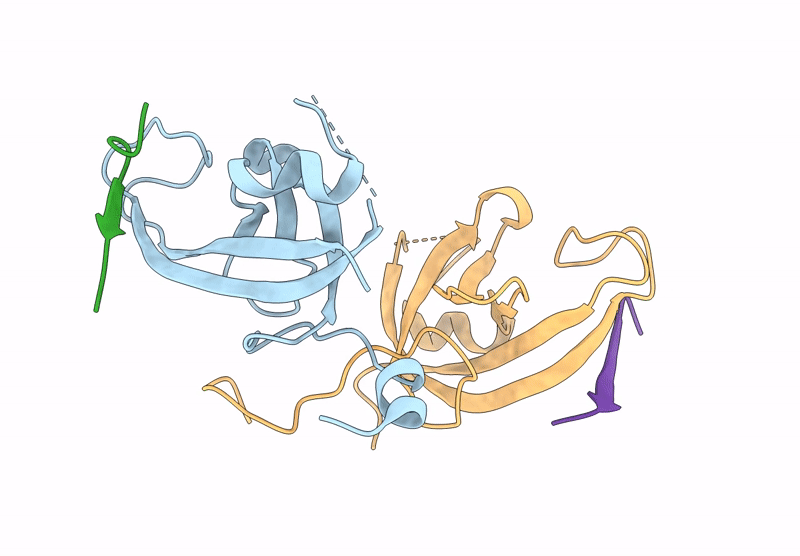
Deposition Date
2024-08-11
Release Date
2025-08-13
Last Version Date
2025-10-22
Entry Detail
PDB ID:
9J54
Keywords:
Title:
Crystal structure of FIP200 Claw in complex with ATG16L1
Biological Source:
Source Organism:
Homo sapiens (Taxon ID: 9606)
Host Organism:
Method Details:
Experimental Method:
Resolution:
1.61 Å
R-Value Free:
0.21
R-Value Work:
0.17
R-Value Observed:
0.17
Space Group:
P 1 21 1


